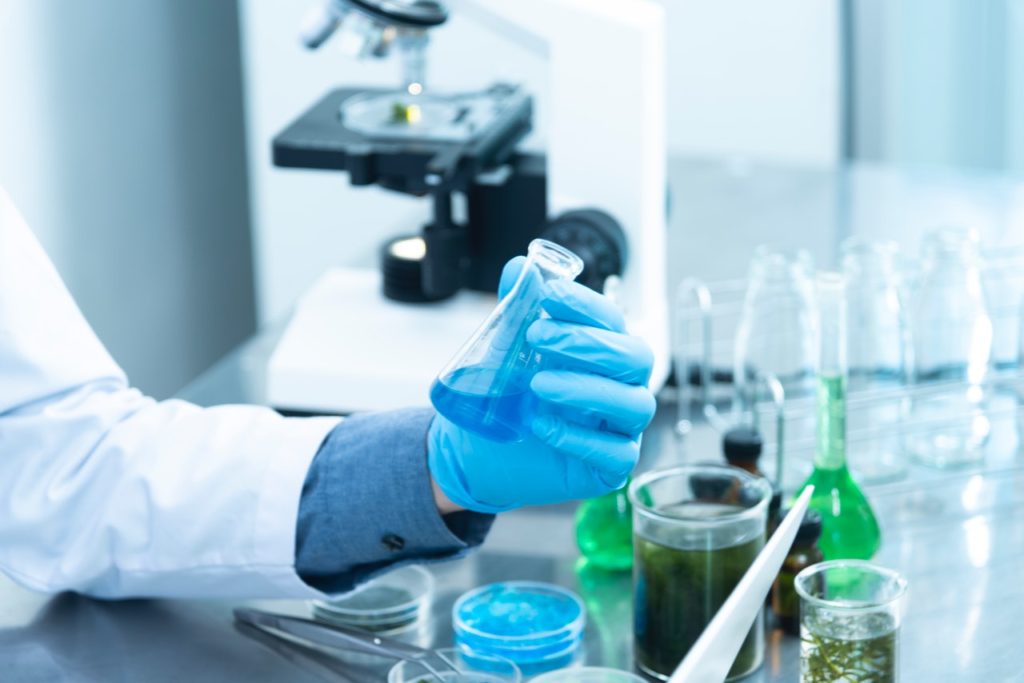Written By: By: Dr. Tameka Stephenson Harris (DM pending, M.B.B.S., M.Sc. B.Sc. (Hons) Medical Doctor and Nutritionist
We do it every day. Some of us are irritated by its frequency, but having consistent urination is essential for good health. Life is sustained by a constant cycle and so it is with the consumption and the removal of waste as it relates to the human body. Urination is a natural process and begins from in utero (by 11 weeks gestation). The urge for one to pass urine develops when the bladder becomes full (The maximum capacity of the bladder is 300 to 600mls). The bladder is usually emptied when it is 2/3 full. There is a great deal of information that can be obtained from the colour and volume of pee (urine) passed on a daily basis. Observing and detecting changes in the colour of one’s pee could actually reduce the chance of Acute Kidney Injury. Knowing what the normal colour of the pee is , is very important as it helps to identify when there’s cause for concern based on a change in the colour of one’s urine. There are many variations in the colour of one’s pee from light yellow to purple, as discussed below.
Pale yellow, clear or straw
coloured
This the normal colour of urine. It also indicates that the individual is adequately hydrated. The colour is due to a pigment called urochrome and how diluted or how concentrated the urine is.
Bright Yellow
may be due to the use of vitamin B complex, mainly B2 due to the riboflavin. Riboflavin is naturally yellow and becomes fluorescent when it comes in contact with ultraviolent light. Therefore, excess consumption of this water soluble vitamin will result in your urine turning yellow.
Orange
may be an indication of dehydration. It may also be due to certain medications for example some antiinflammatory drugs such as sulfasalazine (taken by persons with ulcerative colitis). Laxatives or chemotherapy medication are also likely to give your urine an orange colour. Orange urine and pale stool may be an indication that something is wrong with the liver or gall bladder. In neonates, orange crystals in the diaper are called uric crystals and are an indication of dehydration.
Blue or Green
this is often as a result of familial benign hypercalcemia. This is a rare disorder and is sometimes called blue diaper syndrome. Green urine may be as a result of dye that is used to assess the function of the kidneys. It may also be due to medication; for example amitriptyline and indomethacin. The fact that is, the presence of green urine may suggest an urinary tract infection due to pseudomonas bacteria. This is a very concerning situation for which one should seek medical attention.
Brown
likely seen by persons who are taking certain medications. These medications include phenytoin (taken for seizures) and some anti-psychotic. You may be placed on an antibiotic (nitrofurantoin) for the treatment of bacterial infection that could also result in brown urine. Brown urine may also be a result of an inherited disorder called porphyria – which may also give your urine a purple hue.
Red
people are usually alarmed when they have a red urine, benign causes are due to foods such as beetroot, fava beans or black berries. Of significance is the fact that there may be blood in the urine (hematuria). The physician will think of an infection, rhabdomyolysis, an enlarged prostate, kidney or bladder stones and kidney cysts. This will also need to be evaluated.
Pigments and other compounds in certain foods and medication can change your urine colour. Although that may be the case, I implore you to take a look at your urine because the tales that it tells will help to identify benign versus concerning issues. Your doctor may want to know the colour and the amount of urine passed in order to help in the screening and assessment process. Next time you tinkle take a check.

